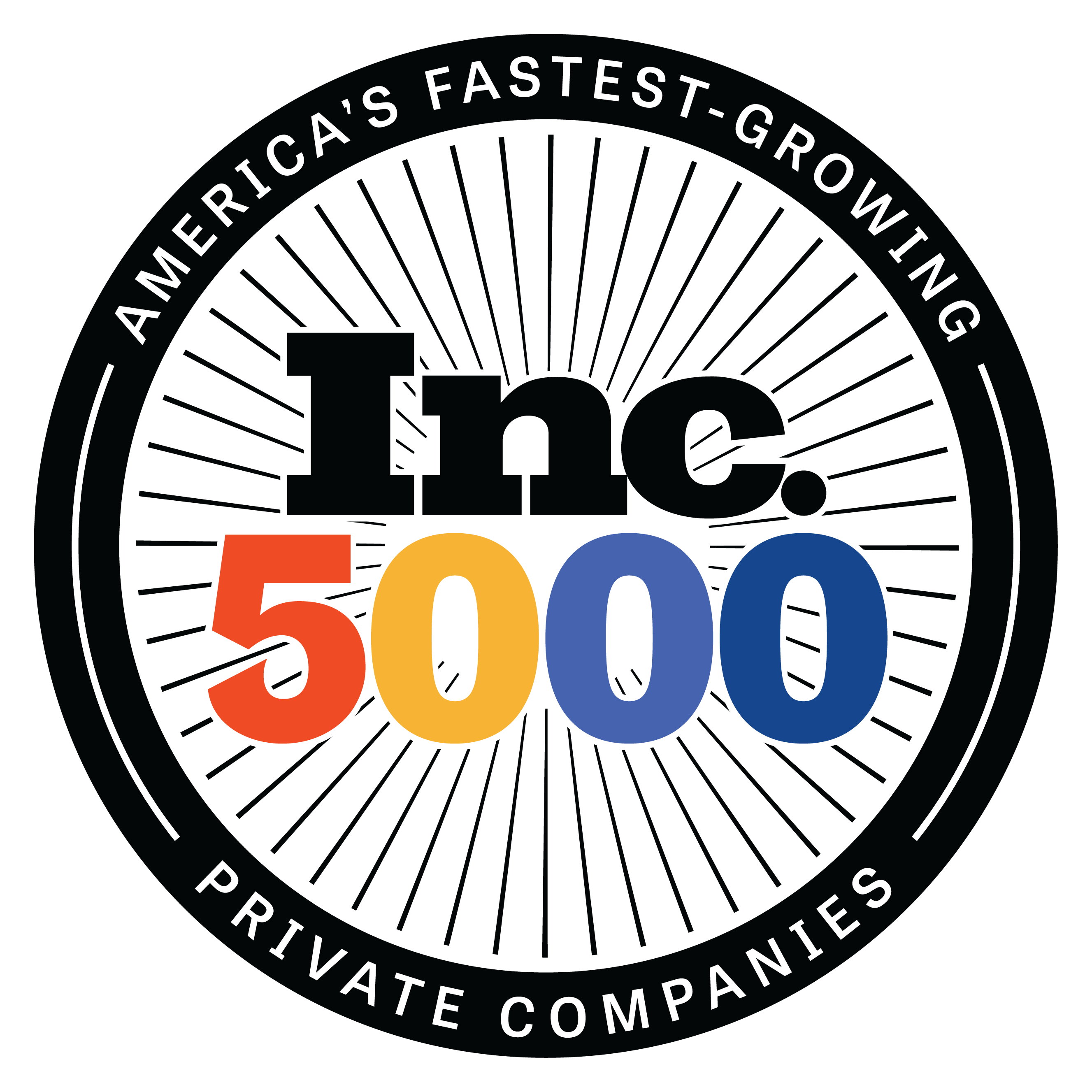Red Flags in Lending: Mortgage Points
Published: September 15, 2025

Red Flags in Lending: Mortgage Points
Imagine this: you’re shopping for a mortgage and see one lender advertising a rate that looks way better than the others. You’re excited, until you find out the fine print. That “too good to be true” rate often comes with thousands of dollars in extra fees to secure that rate, known as mortgage points, added to your closing costs. Unless you know how to spot them, you might be walking into a loan that costs you far more than you planned.
The truth is that mortgage points aren’t always a bad thing; they can be a smart financial tool in the right situation. But when lenders advertise them without explaining the cost, it’s a red flag that can leave buyers with sticker shock at the closing table.
So, in this blog, we’ll explain what it means to buy down your rate, how to spot whether you’re being charged points before you commit to your mortgage, and some situations where you might want to buy down your rate.
What Does It Mean to Buy Down Your Mortgage Rate?
Buy down points, also known as mortgage points or discount points, are prepaid interest fees that allow you to lower your interest rate. Typically:
- 1 point = 1% of the loan amount
- Each point lowers your rate by about 0.25%
For example, on a $400,000 loan, one point would cost you $4,000 and reduce your rate by about 0.25%. To lower your rate by a full percentage point, you may be looking at an upfront cost of $16,000.
This is precisely why it can be dangerous to take the flashy interest rate you were offered without reading the fine print.
Check out our guide covering the Basics of Rate Buydowns for a deeper dive.
How to Spot Buy Down Points on Your Mortgage’s Loan Estimate
If you want to know whether the “advertised rate” includes points, look closely at Page 2 of your Loan Estimate.
- Under Section A: Origination Charges, look for a line that says “___% of Loan Amount (Points).”
- The dollar amount listed there tells you exactly how much you’re paying for points.
This quick check helps you see through the marketing and compare offers on an apples-to-apples basis. Read this blog for more tips to understand the fine print of your loan estimate.
When You Might Want to Buy Down Your Mortgage Rate
While mortgage points might seem deceiving at times, they aren’t always a trap. In the right situations, they can actually help you save money over time. Here are a few cases where it might make sense:
- Permanent buydown (long-term homeowners): If you plan to stay in your home for many years, paying up front to reduce your rate could save you more in the long run.
- Temporary buydown (short-term relief): A 2-1 or 3-2-1 buydown lowers your payments for the first couple of years. This is helpful if you expect your income to grow or plan to refinance soon.
- When someone else is paying: If a seller, builder, or even your lender offers concessions or credits, using them for a rate buydown can be a great deal.
“Buydowns are not a one-size-fits-all solution, but they can be a great option for several reasons,” says Matt Gouge, a UMortgage Loan Originator. “Especially now, a high-interest-rate environment favors a buy-down. Affordability is an issue in a lot of markets, so buy-downs are a great transition from somebody who’s renting for $2,500 to swallowing the pill of a $3,800 mortgage.”
Why You Might Not Want to Buy Down Your Mortgage Rate
On the other hand, points aren’t always worth it. Here’s why:
- High upfront costs: Especially on larger loans, points can add tens of thousands to your closing costs.
- Short-term homeowners: If you plan to move in a few years, you may not save enough each month to recoup the upfront costs.
- False advertising: Some lenders use low advertised rates that only exist because of costly points. When you finally see your Loan Estimate, you realize your cash due at closing is way higher than expected.
That’s why it’s so important to review your Loan Estimate carefully and work with a lender who explains the whole picture.
Advice for Homebuyers: Focus on the Numbers That Matter
Mortgage points aren’t inherently good or bad. It’s about whether they make sense for your situation. The key is transparency. A trustworthy Loan Originator will show you not just the rate, but also the cash due at closing and your monthly payment. Those are the two numbers that matter most when deciding on a mortgage.
“Not everyone who buys a home is a financial expert,” continued Gougé. “When you look through your loan estimate, I always show my buyers the numbers that affect them the most: the purchase price, the monthly payment, and the cash to close. That’s what matters.”
At UMortgage, our Loan Originators guide you through every option so you can decide whether points are worth it, without surprises. Fill out this form to get connected with a Loan Originator near you who will help you achieve your homeownership dreams without burning a hole in your pocket.
